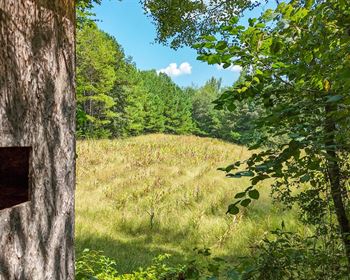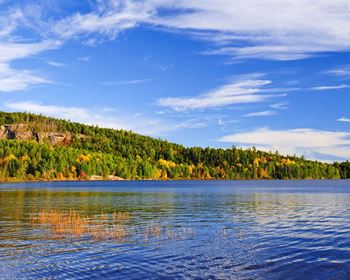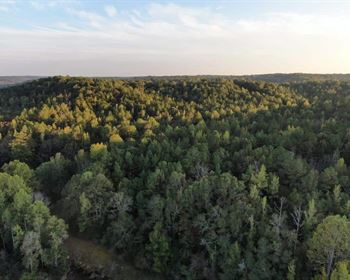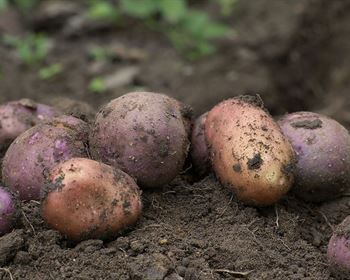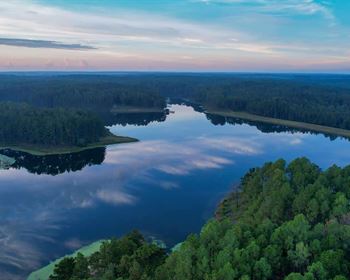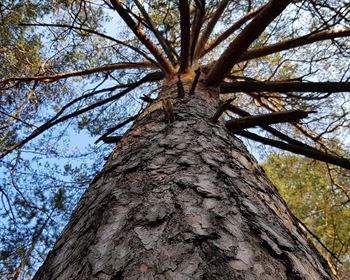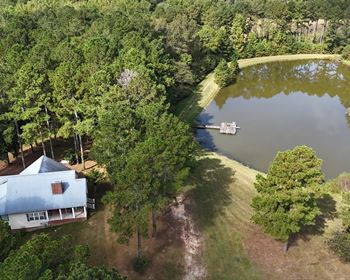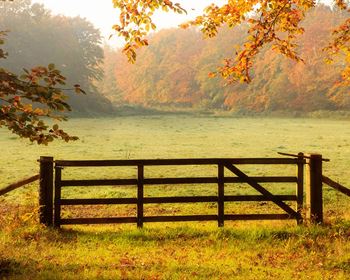26 McGinley at Lake McConaughy
26 McGinley 1 : Keystone, NE 69144
Keith County, Nebraska
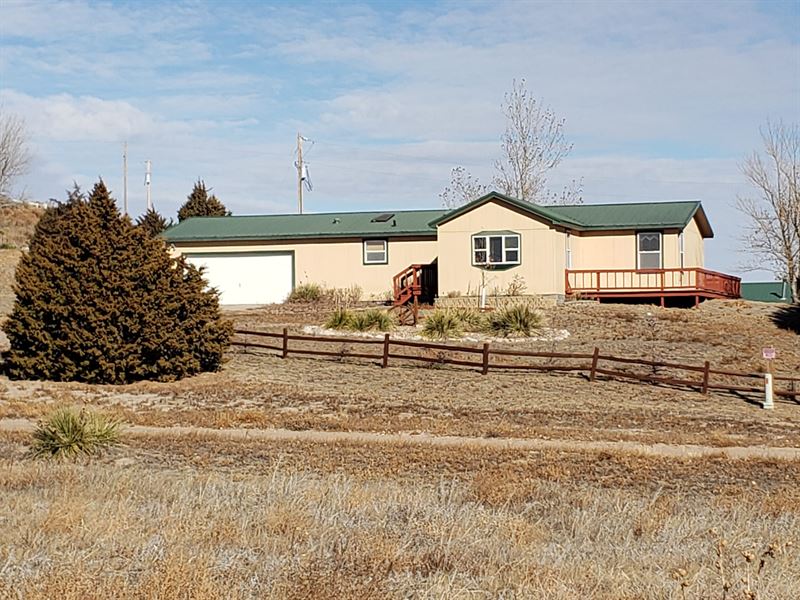
Lot Description
26 McGinley at Lake McConaughy is the perfect get-away or permanent residence. This beautiful 3 bedroom, 2 full bath home located only a few minutes from Martin Bay, white sand beaches and a boat ramp was built to entertain and provide ample room for family and friends.
The property includes two additional outbuildings a 960 Square foot shop and a 128 square foot utility shed.
Land
This property consists of.89 Deeded acres with quick access off of Hwy 61
Improvements
26 McGinley at Lake McConaughy is a terrific property situated on just under an acre of Deeded land located directly across the road from Martin Bay, one of the most popular spots on beautiful Lake McConaughy, providing a great view of the lake from the property.
The 1376 square foot home boasts 3 bedrooms, all with large closets and 2 full bathrooms, one bedroom is set up as a primary suite. The eat-in kitchen comes complete with newer appliances, there is also an area that could be used as a dining room or bonus area. The home has a separate laundry room including the washer and dryer. The large family room accessed thru a beautiful set of French Doors is a wonderful area to relax and entertain. The home has a large 2 car attached garage, a concrete back patio and a large wrap-around deck providing ample room to enjoy the outdoors. The home is totally electric and has forced air heat and central AC, creating a pleasant environment year-round.
There is a 128 square foot utility shed directly behind the house providing excellent storage.
26 McGinley also has a 960 square foot shop/man cave. This awesome building is separated into 3 sections, all with large doors for great access. This building has incredible potential for whatever you would like to use it for. The seller utilized the larger area which is insulated, finished and also has an open porch as a man cave/workshop. The next section was used basically as a game cleaning area and the third section has mainly been storage. The entire building has a concrete floor.
Recreation
Lake McConaughy, the recreational jewel of western Nebraska, is the largest lake in the state with over 100 miles of shoreline, 35,700 surface acres of water, 24 miles long, 4 miles wide, and is famous for its white sand beaches. Each year, thousands of boaters, campers and outdoor enthusiasts make the Lake McConaughy area their destination for fun.
In addition to Lake McConaughy which is fed by the North Platte River, you have Lake Ogallala at 320 surface acres the little lake nestled below Kingsley Dam the 2nd largest earthen dam in the world. These two bodies of water provide endless opportunities for anglers of any skill level, young and old. The vast variety of fish you can catch between these two lakes include Walleye, White Bass, Stripers, Wipers, Catfish, Northern Pike, Smallmouth Bass, Yellow Perch, Rainbow & Brown Trout. Lake McConaughy can accommodate virtually every type of watercraft you can imagine.
Lake McConaughy and the North Platte River Valley also provide tremendous opportunities for hunters. This area is famous for duck and goose hunting. In addition to waterfowl hunting there is small game, varmints, White Tailed Deer, Mule Deer, and Pronghorn in the area.
Agriculture
N/A
Water/Mineral Rights & Natural Resources
Property has a well and septic system.
General Operations
N/A
Region & Climate
Weather Highlights
Summer High the July high is around 90 degrees
Winter Low the January low is 15
Rain averages 20 inches of rain a year
Snow averages 30 inches of snow a year
History
Geography is often destiny. It has always been so with Ogallala, a town that came into existence at the junction of the major routes of the transcontinental migrations and of the cattle trails north from Texas.
From 1870 to 1885, Ogallala was the gateway of the Northern Plains. Hard-bitten Wyoming and Montana cattlemen met in Ogallala's hotel and saloons with Texas cattle kings and bargained over cattle prices. Gold flowed freely across the table, liquor across the bar, and occasionally blood across the floor as a bullet brought some unlucky cowhand to his death on the floorboards of Tuck's Saloon.
The first non-native visitors to this area were the trappers from St. Louis.
Next came the pioneers who followed the Oregon Trail. To protect them, the government established forts at intervals along the trail. Then came the Union Pacific Railroad. It is assumed that Ogallala had its beginning about 1867. Settlers started to follow the railroad west, and the cattlemen started driving their cattle to Ogallala to be shipped east or to be sold to Montana and Wyoming ranchers.
Ogallala's early history was unspectacular, promising to be nothing but a section house and water tank for the railroad. Then, in the spring of 1868, three men appeared to set the destiny of Ogallala. These men were the Lonergan brothers and Louis Aufdengarten. The Lonergan brothers came to do construction work for the Union Pacific Railroad. They found the plains to their liking, and subsequently became interested in Ogallala.
By 1876, Ogallala had changed little from its infant days in 1868. The stores were all south of the railroad tracks, and fronted what was called Railroad Street and the trail leading south to the Platte River. Along this trail extended the rest of the town. The town consisted of saloons with such names as The Cowboy's Rest and the Crystal Palace. The last building on the street was the Ogallala House - dining room widely patronized because of its excellent fare. It was run by S.S. Gast.
By 1880, Ogallala consisted of one courthouse, one school, one hotel, two dwelling houses, and twenty-five permanent residents. The tempo of living in early Ogallala changed with the seasons. During the months of winter and early spring life was drab and dreary. Shortly after the first of June the town began to hum with activity as the first Texas trail herds started to arrive. During the three summer months business boomed - ten to twelve herds, each of two hundred or more trail hands taxed the facilities of Ogallala. Sleeping rooms and meals were hard to find when the trail hands were in town. Activities in Ogallala continued at a fever pitch until the end of August, by then the Texans were heading back to Texas by November Ogallala had settled back in quiet and peaceful repose.
Ogallala's population of floaters, gamblers, trades-people and dance hall hostesses drifted to Omaha or Cheyenne to spend the winter. One hotel, one supply house and a single saloon remained open for the winter. The community sank into a state of inanimation until next spring.
In 1882-1884, the settlers and farmers reached Ogallala. These men were encouraged by the Union Pacific Railroad because the railroad started selling their land at quite low prices.
A serious epidemic of Texas fever swept over Nebraska during the summer of 1884. The disease first appeared near Ogallala in July apparently being brought in by Texas cattle. The disease spread quickly and it caused very heavy losses to the cattlemen. The ranchers had started to put expensive blooded bulls in their herds. These ranchers demanded that Texas cattle be excluded from Nebraska. This ban of Texas cattle was a damaging blow to the Texas trail herd business. This was the end of the trail period of Ogallala, as the wild, often violent town became a peaceful farmer's settlement.
Location
26 McGinley at Lake McConaughy is 15 minutes from Ogallala and Interstate 80, 3.5 hours northeast of Denver, CO and 4.5 hours west of Omaha, NE
